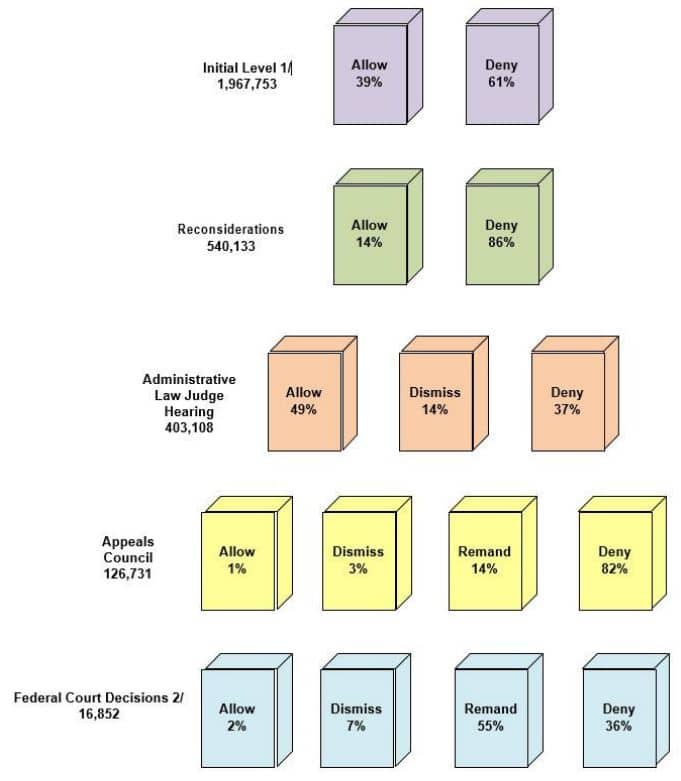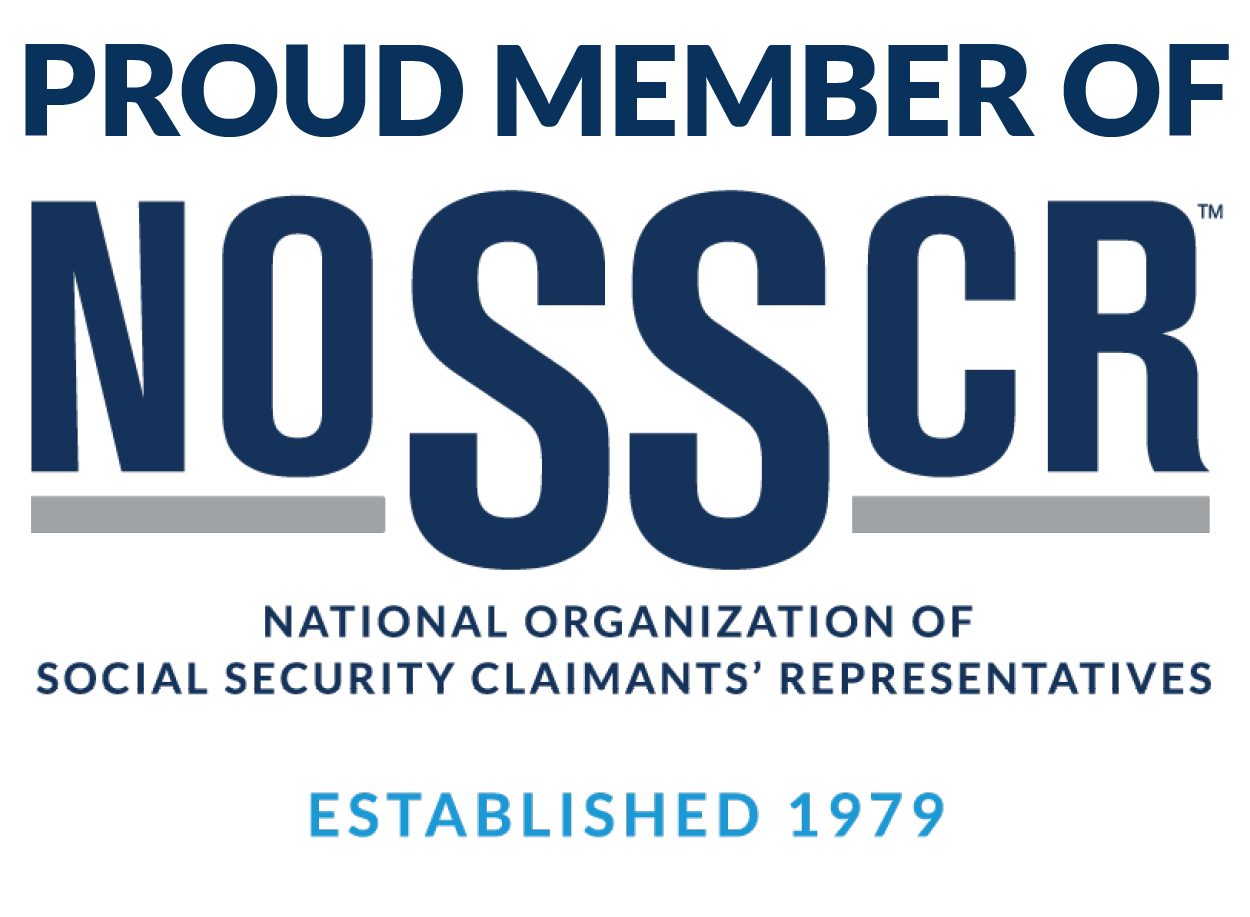Per tax experts at AARP, Social Security disability benefits may be taxable, “depending on two things: the type of disability benefit you get and your overall income.” It depends, to some extent, on whether you receive SSI or SSD:
“Social Security operates two benefit programs for people with disabilities:Social Security Disability Insurance (SSDI) and Supplemental Security Income (SSI). SSI is cash assistance for disabled, blind and older people with low incomes and limited financial assets. Social Security administers the program, but money from the U.S. Treasury, not your Social Security taxes, pays for it. SSI payments in 2021 max out for an individual at $794 a month from the federal government, not including supplements in [some] states, and $1,191 for a married couple. Those benefits are not subject to income tax. However, SSDI is potentially taxable using the same set of rules as Social Security retirement, family and survivor benefits. Whether you pay taxes on SSDI benefits depends on what the Internal Revenue Service calls your “provisional income.” Thats the sum of your adjusted gross income, tax-exempt interest income and half of your Social Security benefits for a given year. Here’s how it works:
- If those three figures add up to less than $25,000 for an individual taxpayer or $32,000 for a married couple filing jointly, you won’t pay taxes on your SSDI.
- If your provisional income is $25,000 to $34,000 for an individual or $32,000 to $44,000 for a couple filing jointly, up to 50 percent of your benefits are subject to taxation.
- If it’s more than $34,000 for an individual or $44,000 for a couple, you are taxed on 50 percent to 85 percent of your benefits.
Say you’re a single filer receiving the average SSDI benefit of $1,277 a month in 2021. You have a part-time job that pays $15,000 a year and receive $5,000 from investments and dividends. Your provisional income is $27,662, half of your Social Security benefits plus $20,000 in other income. You are in the category of owing taxes on up to 50 percent of your benefits, although in this example it would be considerably less: Plugging these numbers into the IRS’ online tax tool, the Interactive Tax Assistant (ITA), indicates that $1,331 of your benefits would be subject to federal income tax, at the same tax rate as other income – in this case, you’re in the 12 percent bracket. Most disabled beneficiaries don’t owe taxes.
As a practical matter, many SSDI recipients don’t face this issue because their overall income is too low to reach the tax threshold. Disability benefits are intended to support people who largely are unable to work because of a severe medical condition, and Social Security strictly limits how much you can earn from work and remain eligible for SSDI. In 2021 the earnings cap is $1,310 a month for most beneficiaries.
According to the Social Security Administration, about a third of disabled beneficiaries pay taxes on their benefits. When they do, it’s typically because of other household income, such as a spouse’s earnings. To determine if your SSDI is taxable, enter your benefit, income and marital information into the IRS online tax tool or fill out Worksheet 1, “Figuring Your Taxable Benefits,” in IRS Publication 915, “Social Security and Equivalent Railroad Retirement Benefits.”
Keep in mind
- As with other types of income, you can make quarterly estimated tax payments to the IRS or elect to have federal taxes withheld from your Social Security payments to avoid a larger bill at tax time.
- Thirteen states – Colorado, Connecticut, Kansas, Minnesota, Missouri, Montana, Nebraska, New Mexico, North Dakota, Rhode Island, Utah, Vermont and West Virginia – tax some or all disability benefits. Rules differ by state. Contact your state tax agency to learn more.
- Back pay – past-due disability benefits you can get in a lump sum from Social Security if you face a lengthy delay in getting approval for your claim – count toward provisional income for the year in which you receive them. That could bump your income over the threshold for taxation of benefits. If this happens, the IRS offers alternative calculation methods that may reduce the tax impact. You’ll find details in IRS Publication 915.
MMA note: Part time work and part time earnings in the above examples would eventually terminate disability benefits. Currently earning $940 a month puts an individual into a trial work period. A trial work period of nine (9) months, not consecutive, can cause cessation of disability benefits.
Source: AARP, July 7, 2021



